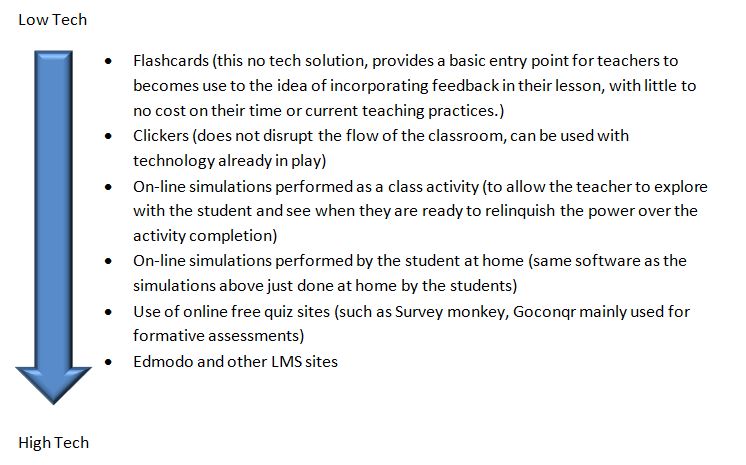I chose the above title because it really jumped out at me from the end of the Bates (2014) reading. While I agree that it’s important for us as social media users to be discerning in our selection of resources, the statement to me reads as just another attempt at pithy fear-mongering. Oh no, the internet is here, any yahoo will get to have a public opinion now, the academic world is ending. Yes, the amount of chaff to sift through has grown exponentially, but what social media also does is lift up voices that would have previously been silenced for not meeting elite criteria. The Black Lives Matter protests that first unfolded in Ferguson a few years ago would have been censored had it not been for ‘guerilla’ journalists at the scene, taking photos and or videos and uploading them along with tweets or instagram posts. Social media is the ultimate media democratizer, and some would say it’s for worse, but I’m of the belief it will prove to be for the better. That said, this TVO documentary titled ‘the Thread’ explores how social media rose as a news outlet, it’s an interesting watch: http://tvo.org/video/documentaries/the-thread It shows both the incredible power to do good, and the incredible potential for social media to feed into mob-like behaviour online which can lead to tragedy.
I’ve as of yet struggled to use Twitter in an academic context, as November lays out in his article, in part because of my own lacking expertise with it, but in part because almost none of my students were acquainted with it either – I’m not sure if that is because of the generational disparity in who uses it, or if was due to the fact that many of them were from overseas, but as such I didn’t find it motivating. I have experimented with it as a PLN tool, participating in a number of #edchats and haven striven to keep it a solely professional space. November’s article shed more light on how it could be integrated into classes in the future however, especially those that want to track cultural events as they are taking place. I have used current events to spark student interest in the past, for example encouraging anybody interested to follow the Umbrella Protests in Hong Kong a couple of years ago in our Challenge and Change (HSB4M) course, but hadn’t fully taken advantage of twitter as a united action. Still, many students were exposed to content and ideas that had previously been censored in their home countries, and I could tell they were waking up to the possibilities of social media and connectivity.
Bates’ statement that “social media can make the learning of how to learn much more effective but still only in most cases within an initially structured environment” is a sound one, but I think a key point is around ‘initially’. Especially with older students, but also hopefully with younger secondary students, there should be a scaffolding of ability with how to use social media for academic purposes so that they can carry on those skills outside of the class setting. If we look at social media as just another tool for students to receive training in, our roles may become as clear as they would be in teaching them how to write. The difference here is that we can reach out, as can they, for assistance – as long as we are all wary of the ‘idiots’ that some seem to be so worried about.
The second question regarding whether or not a course should be re-designed around social media is an interesting one, and at this point if I’m honest, I don’t have a clear answer. My first impulse is to say ‘no’, but I can understand the intent behind the question as well. Perhaps it’s just the last threads of my ‘traditional’ upbringing in education, but I don’t know that structuring a course around social media is wise – but maybe that is just because I’m not sure it would be wise to design a course after ANY one source. I’ll be interested to see what my classmates say about this question this week!
References
Bates, T. (2014). Pedagogical differences between media: Social media. In Teaching in digital age.Retrieved from http://opentextbc.ca/teachinginadigitalage/chapter/9-5-5-social-media/(Chapter 7, point 6)
November, A. (2012). How Twitter can be used as a powerful educational tool. November Learning [Weblog] Retrieved from http://novemberlearning.com/educational-resources-for-educators/teaching-and-learning-articles/how-twitter-can-be-used-as-a-powerful-educational-tool/
